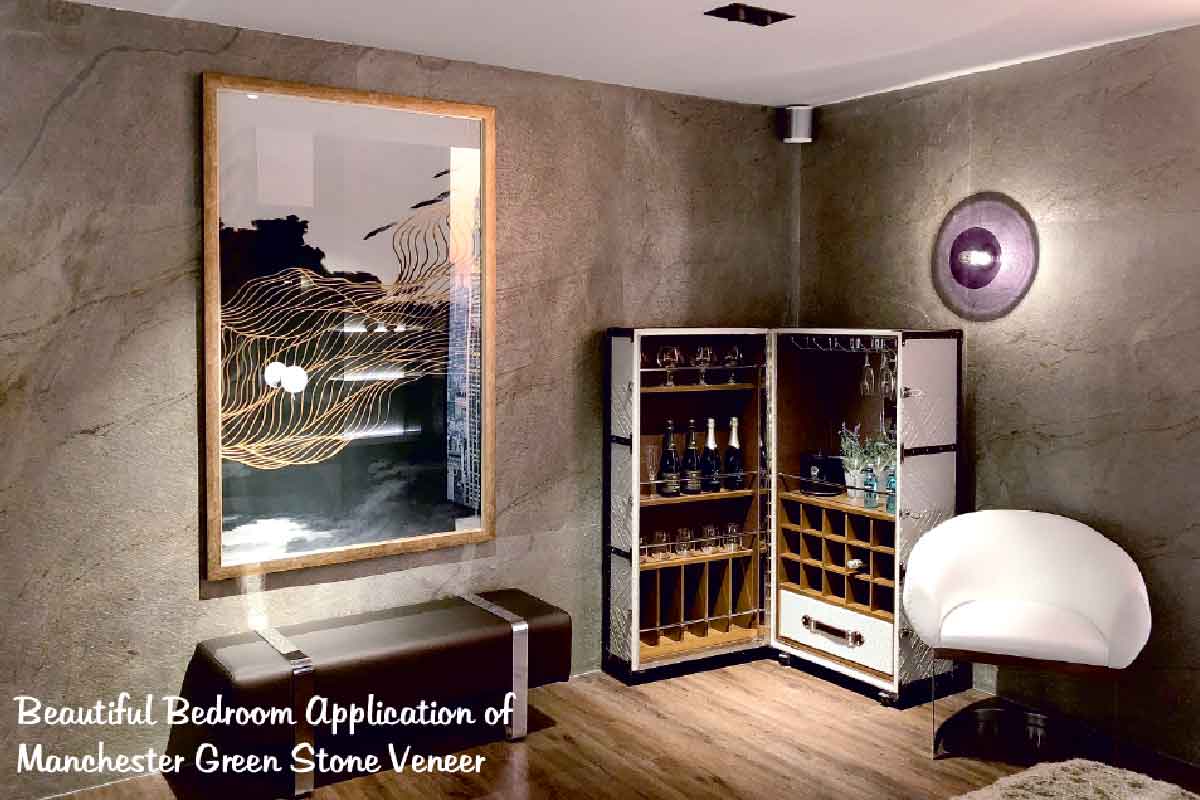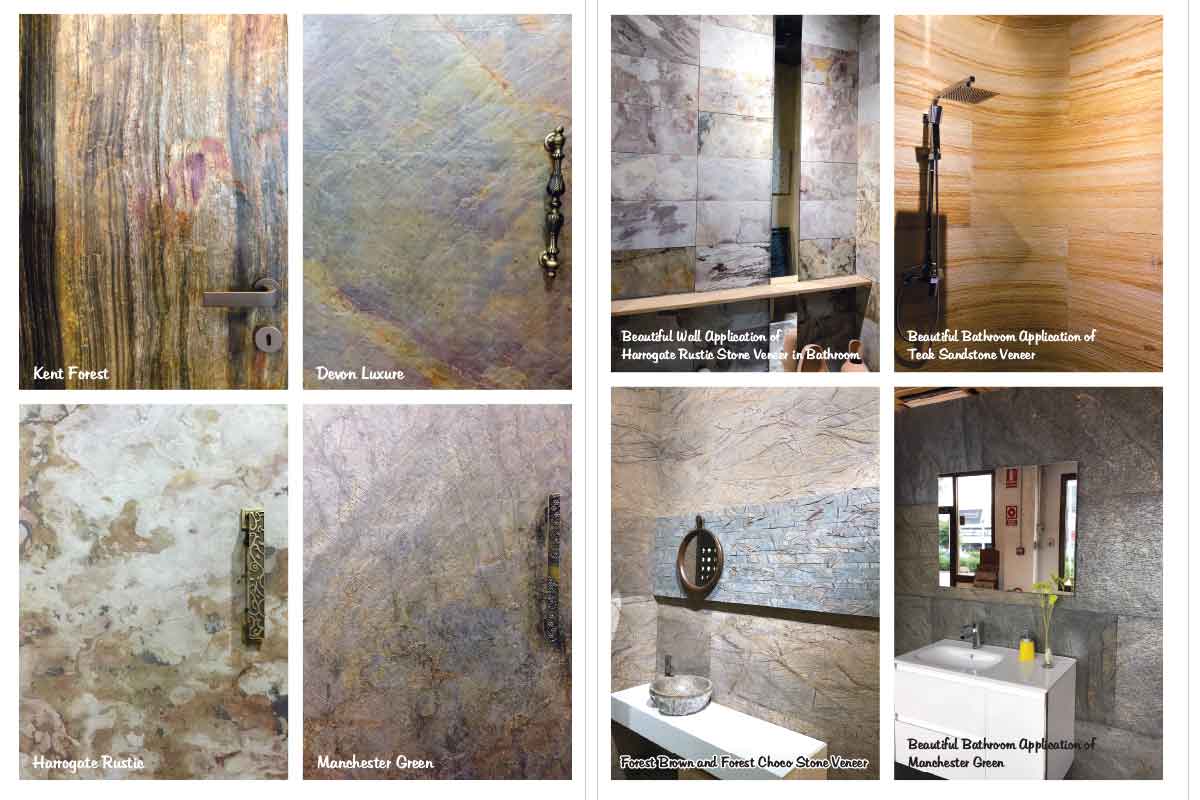Stone veneer is a popular choice for interior designers and customers have a wide range of collections and types to choose from. The two major classifications of stone veneers are:
Most of us end up confusing both. Worry not, we’ve got your back. Here, in this guide, we discuss the pros and cons of both natural and cultured stone veneer, so you can make the right choices that work for you.
Both the stone has its negativity and positivity. Select a stone which is appropriate for your style is important to avoid any trouble in further. You can visit the store or your friends home who used the stone banner to compare and analyze the difference in both the types. If both are not possible, we are.
In this guide, we will discuss the pros and cons of stone veneer, both natural and cultured stone veneer.
We command a top position in the world as a slate stone veneer supplier and manufacturer. Currently, we are supplying our slate stone veneer product in Delhi, Hyderabad, Rajashthan, Jaipur, Bangalore, Jodhpur, and Andhra Pradesh. We also supply slate stone veneer in different countries like China, Taiwan as well as Vietnam.
Before getting to know about the pros and cons, it’s important to know what is stone veneer. What is natural and cultured stone veneer?

Simply put, it’s a thin layer of stone that is mainly used as a decorative material on buildings, rather than as a load-bearing structure.
Now, coming to the types,
Natural Stone Veneer is made from real stone slabs that are quarried. Some of the popular stones used are – slate, quartzite, travertine, marble, and granite.
Cultured Stone Veneer, on the other hand, is made by pouring a lightweight concrete mix into rubber foams that are made to resemble natural stone slabs. These veneers are then painted to make it look like real stone. Cultured stone veneers are also known as a faux stone veneer or manufactured stone veneer. It is attached to walls with special mortars.
Now, let’s take a look at the pros and cons of both.
Thanks to advances in stone veneer manufacturing technology, both products look the same. It’s difficult to distinguish stone veneers from natural stone slabs at first sight.
Winner: Tie
The patterns and textures of natural stone veneer are limited since it’s made from natural stone. You can only get textures and colours that are available in nature.
On the other hand, cultured stone veneers offer endless patterns and colours to choose from. You can even customize the shades and textures to match your interior themes.
Winner: Cultured Stone Veneers
Since natural stone veneer is made from natural stone slabs that are quarried, each stone is unique. No patterns or shades are repeated, and the stone veneers in your home will be unique.
Winner: Natural Stone VeneersBoth natural stone veneer and cultured stone veneers are similarly prized. There is not much of a difference. With that said, natural stone veneer can cost a bit more. Apart from the initial costs, other expenses like transportation and installation remain the same.
With that said, since natural stone veneers weigh more, you will need to install support structures during installation. This is a bit time-consuming and may cost more in labour expenses.
Winner: Cultured Stone VeneersNatural stone veneer lasts for years to come with minimal maintenance. On the other hand, cultured stone veneers require the right maintenance, or they lose their sheen and are likely to crack.
Winner: Natural Stone VeneersIt’s difficult to find a winner for this round since both styles of veneers is durable. Both natural and cultured stone veneers are designed to withstand extreme weather conditions and do not chip or crack easily.
Winner: TieNow that you’ve got a clear picture of the performances of both these products across various categories, the final choice is yours. Compare both these materials and make the right choice based on your budget and aesthetic requirements.
And, if you need any further help, get in touch with us. We’ll walk you through the process, making the right choice for your home project. For the latest offers, follow us on Instagram and Facebook.